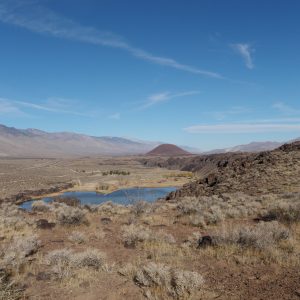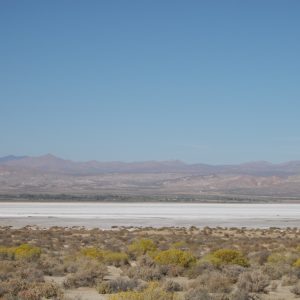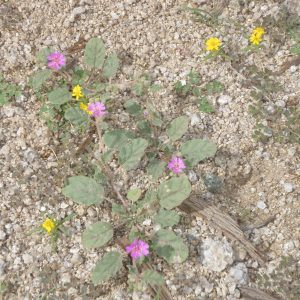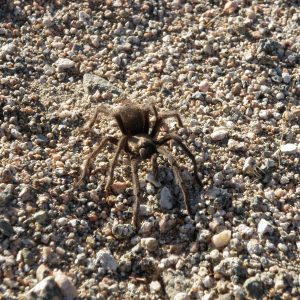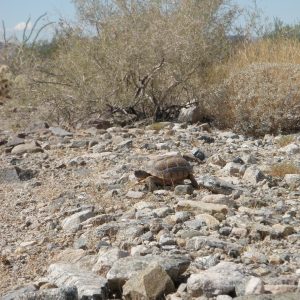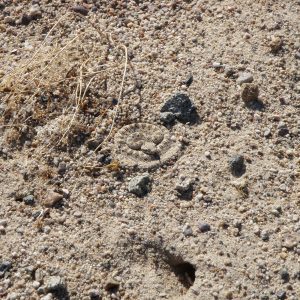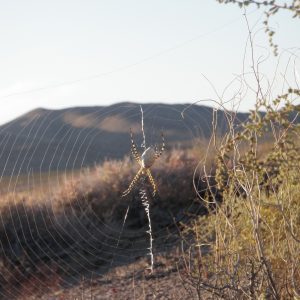Our second round of seed collecting is going full-force right now. Its been really cool revisiting sites we collected from in the spring, and seeing a whole new group of plants in flower. Fall colors are something I looked forward to every year in the Midwest, but the Mojave offers something special in a whole other way.
We’ve also been able to see more wildlife out and about, doing their pre-winter preparations. While collecting seeds all day, the aspiring naturalist in me gets distracted easily by any movements other than my own. Its exciting to see new wildlife every week, like the kit foxes and coyotes in the dunes, the multitude of insects and spiders (and my first tarantula!), and the migrating birds flying overhead, making their way south. I have definitely had my share of mini-photoshoots out in the field. Here’s a little taste of autumn in the Mojave:


